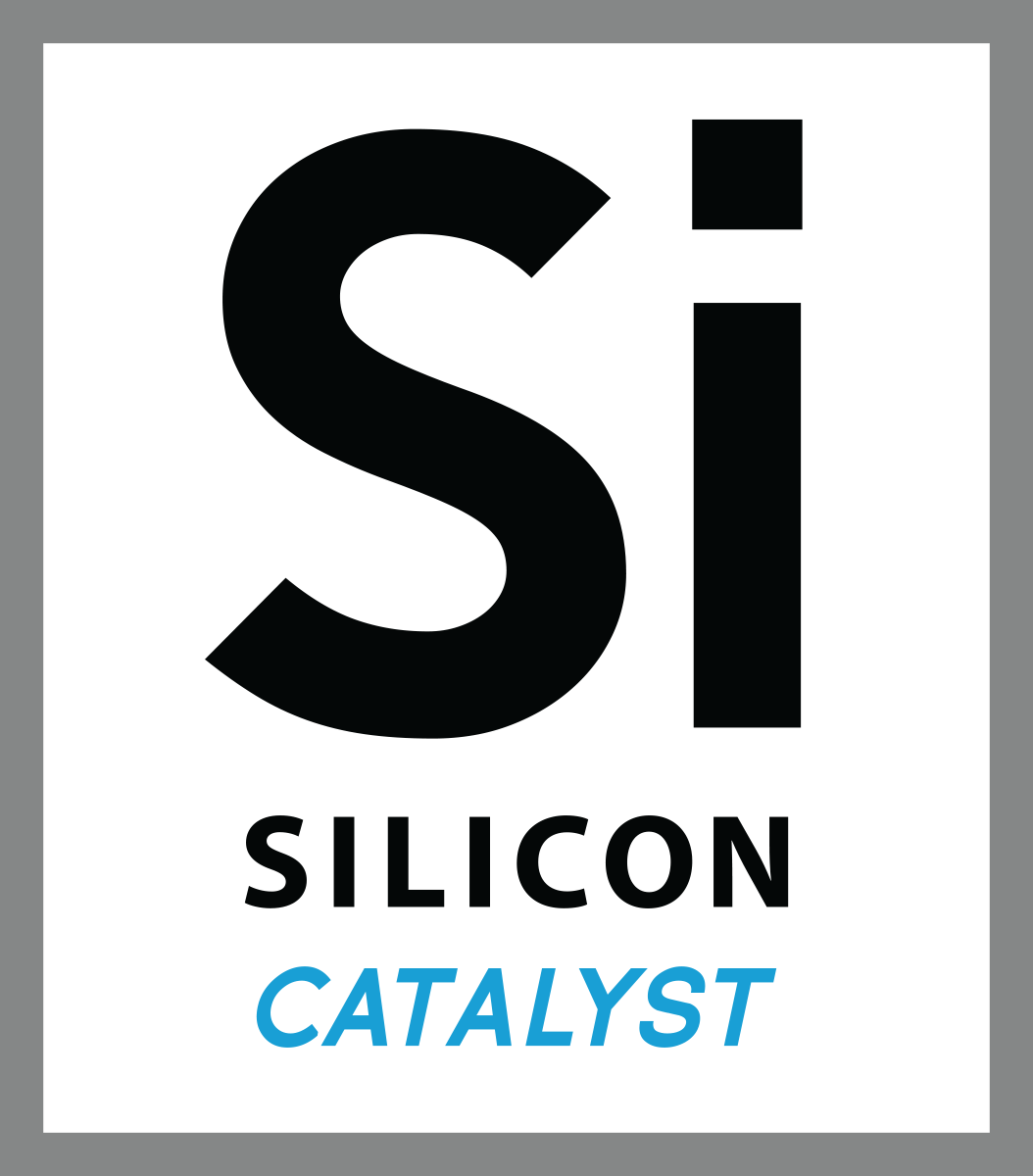Silicon Catalyst Advisor Event Q2 2020
Technology Management In the Era of U.S. - China Friction
presentation by Richard Dasher, Ph.D. Director of the US-Asia Technology Management Center at Stanford
How we got here
The US Side
Economic/commercial interests from 1980-2016
• Economic reforms, open markets to foreign firms, sent students abroad to study, groundwork for private sector economy
• State tacitly gave some power to markets
• U.S. had expectations of “convergence” (value systems would converge along with increasing economic integration)
• Highlight: China accession to WTO in 2001
U.S. firms motivated by:
• Huge potential markets experiencing steady, rapid growth
• Inexpensive and literate labor force
Turning Point
co-occurred with rise of Xi Jinping in 2012
• China presented less attractive opportunities to U.S. firms
• (Natural) slow-down of economic growth
• GDP growth = 10.6% (2010) to 6.9% (2015), est. 6.5% (2019)
• Increase in protectionism
• Increases in cost of labor, especially East Coast cities
• Drastic rise in China investment capital (less need for U.S.)
• Appearance of connections to China government policies, public relations concerns
• View in U.S. of China as threat (economic and security)
• Xi consolidated power, strengthen domestic industry
• (Independent trend) U.S. resurgence of isolationist ideas
The China Side
Long-term domestic trends (1978 – 2008)
• General sense that life is getting better for everyone
• Pride in the economic miracle
• People already had (or developed) skills for thriving in an authoritarian regime with low transparency
• Getting by = more important than improving system
Gradual rise of private sector
1978: first recognition of private economy as legitimate “supplement to the socialist state-owned economy”
Pvt. ent.: 90,000 in 1989 to 3 million (2003)
Indv bus.: 12.47 million (1989) to 3.53 million (2003) SOEs: 1.55 million (1992) to 1.05 million (2003)
Turning Point
around time of 2008 financial crisis
• Global downturn had relatively little impact on China
• U.S. model appears to have less to teach China
• China growth (around 9.9%) played major role in global recovery
• China sees itself as more of natural world leader
• Already-accelerating awareness of importance of becoming “innovation-driven” economy
• Policy “Indigenous Innovation”
• Public sector spending: acquire first generation technologies from abroad (with tech transfer requirements); from second generation develop in China
• Rising nationalistic consumer sentiment, public attitudes
• Seeing more private sector global business expansion
Where are we going?
The US Side
Short-term (2020):
• China is providing good excuses for U.S. political actions
• Some criticisms & policies directed specifically at China
Longer-term:
• Bi-partisan (but not universal) support for increased decoupling from China
• Complex relationship, so lots of room for errors
• Biggest unmet needs on U.S. side
• Coordinating U.S. China policy with Allies
• Directing policy toward reciprocal market access (not old-style balance of trade)
• What should U.S. industry do?
The China Side
Short-term (2020):
• Continue to assert more world influence - take advantage of apparent vacuum left by U.S.
• Belt and Road Initiative
• Continue policy focus on innovation & global status
• Emerging shift in startup company innovation
Longer-term:
• Complex power structure inside China
• China is making some mistakes
• Perhaps the biggest question: Is the idea of a state-controlled market-driven economy a sustainable concept?
